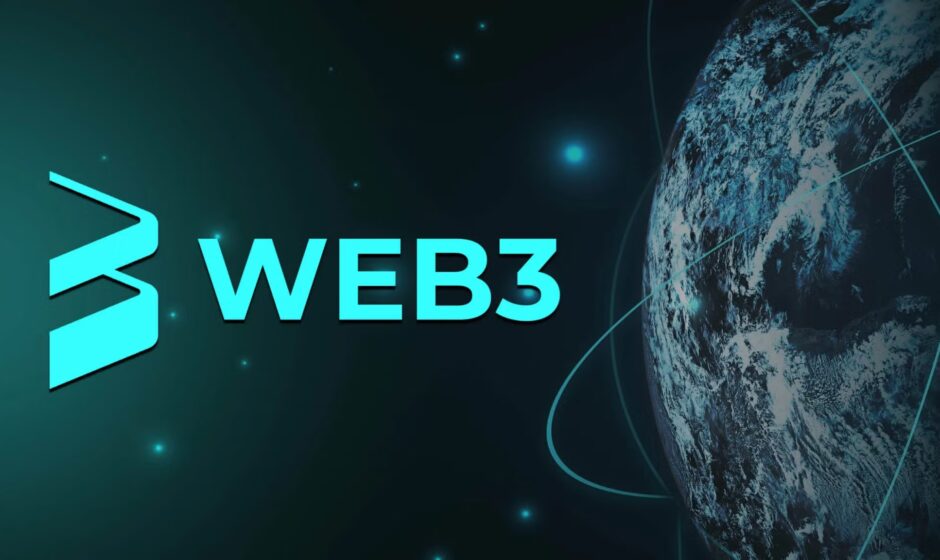As digital interactions become increasingly integrated into daily life, concerns over data privacy, security, and identity management continue to grow. Traditional online identity systems often rely on centralized platforms, exposing users to risks such as data breaches and identity theft. Enter decentralized identities (DIDs), a transformative solution within the Web3 ecosystem that promises to reshape how individuals manage their online presence.
This article explores the concept of decentralized identities, their key components, benefits, real-world applications, and the challenges ahead.
Understanding Decentralized Identities
Decentralized identities enable users to create, manage, and control their digital identities without relying on centralized authorities. They are built on blockchain technology and cryptographic principles to provide a more secure and privacy-respecting alternative to traditional identity systems.
Key Features of Decentralized Identities:
- Self-Sovereignty: Users have full control over their personal data and identity.
- Interoperability: DIDs can work across various platforms and services.
- Security: Cryptographic techniques protect user data from unauthorized access.
- Privacy: Users can selectively disclose information, sharing only what is necessary.
How Decentralized Identities Work
DIDs are typically composed of three main elements:
- Blockchain Network: Provides a secure, immutable ledger to store identity credentials.
- Digital Wallet: Acts as a secure repository where users store their DIDs and cryptographic keys.
- Verifiable Credentials: Digital attestations, such as a driver’s license or academic degree, issued by trusted parties.
When a user needs to prove their identity, they can present specific verifiable credentials without revealing unnecessary personal information.
Benefits of Decentralized Identities
1. Enhanced Data Privacy
With DIDs, users no longer need to share their entire identity with service providers. They can prove their eligibility or credentials without disclosing sensitive information.
Example: Proving you are over 18 without sharing your exact date of birth.
2. Reduced Risk of Data Breaches
Since data is not stored in centralized servers, the attack surface for hackers is significantly reduced.
3. Greater User Control
Users decide when, where, and how their identity information is shared. This control minimizes data misuse and strengthens user autonomy.
4. Improved Security
Blockchain technology ensures that identity data is tamper-proof and protected through cryptographic methods.
5. Seamless Cross-Platform Authentication
DIDs enable users to access multiple services with a single identity, reducing the need for multiple usernames and passwords.
Real-World Applications of Decentralized Identities
1. Financial Services
DIDs streamline Know Your Customer (KYC) processes in financial institutions, making onboarding faster and more secure.
2. Healthcare
Patients can store and manage their medical records securely, granting access to healthcare providers when necessary.
3. Supply Chain Transparency
DIDs help verify the authenticity of goods and ensure transparency in supply chains.
4. Voting Systems
DIDs can facilitate secure and transparent online voting, reducing voter fraud and enhancing electoral integrity.
5. Travel and Immigration
Travelers can use DIDs to prove identity and access travel services without relying on paper-based documents.
Challenges and Limitations
While decentralized identities offer numerous benefits, they are not without challenges:
- Adoption Barriers: Many organizations and governments are still unfamiliar with DID technology.
- Regulatory Uncertainty: Clear legal frameworks are needed to govern the use of decentralized identities.
- Scalability: Blockchain networks face scalability issues that can impact the performance of DID systems.
- User Experience: Simplifying the user interface and onboarding process is essential for mainstream adoption.
The Future of Decentralized Identities
As Web3 continues to evolve, the adoption of decentralized identities is expected to grow. Innovations such as Layer 2 scaling solutions and increased interoperability between blockchains will address current limitations.
Predictions:
- Broader adoption across industries, including finance, healthcare, and e-commerce.
- Enhanced privacy-preserving technologies integrated into DID solutions.
- Collaboration between governments and blockchain projects to establish regulatory standards.
Conclusion
Decentralized identities are poised to revolutionize the way individuals manage their digital presence. By prioritizing user control, privacy, and security, they offer a compelling alternative to traditional identity systems. As adoption increases, DIDs will play a pivotal role in shaping the next generation of online experiences, empowering individuals and fostering a more secure and user-centric internet.
The path forward is clear: embracing decentralized identities is essential for building a more equitable, transparent, and privacy-respecting digital world.
Makayla Broadby a Web3 and NFT specialist tracking metaverse developments, digital art trends, and gaming innovations. Makayla deciphers how blockchain is revolutionizing digital experiences.


